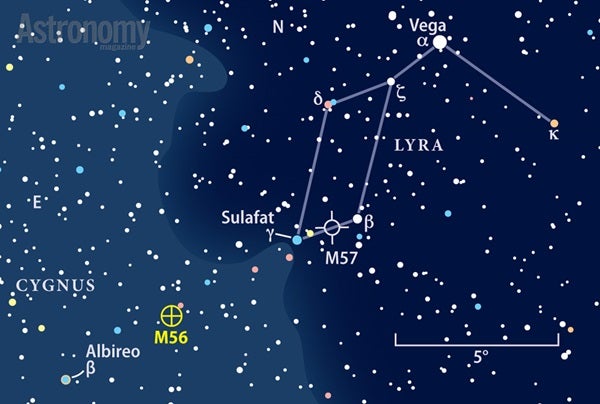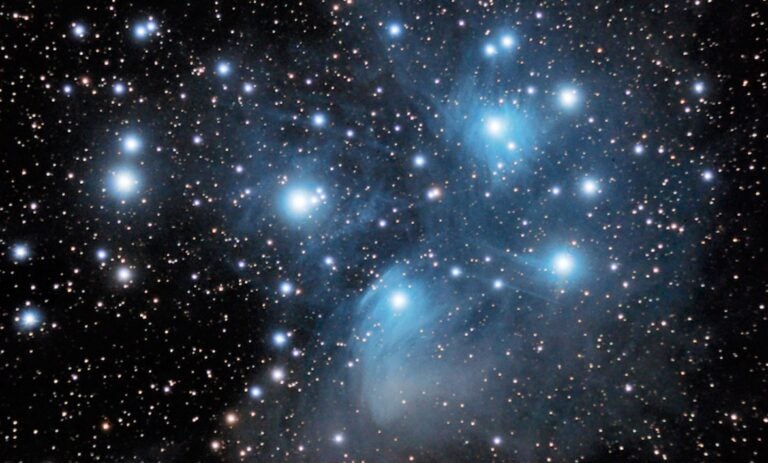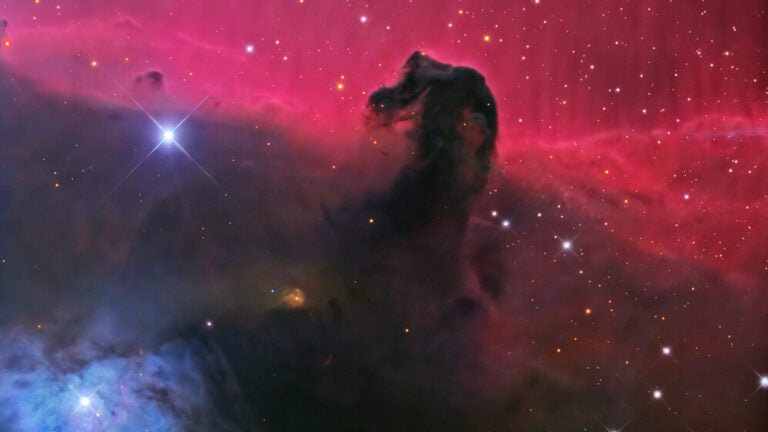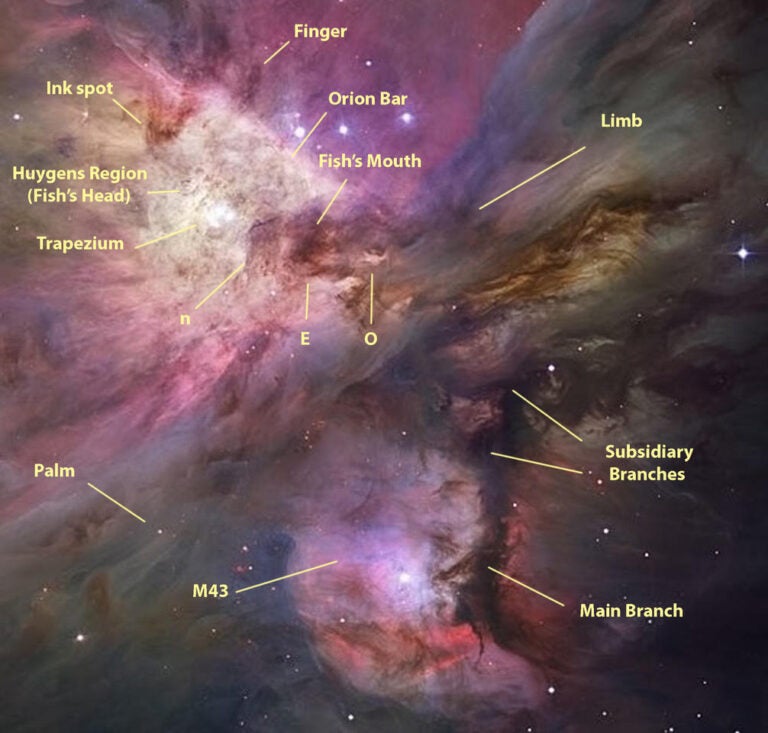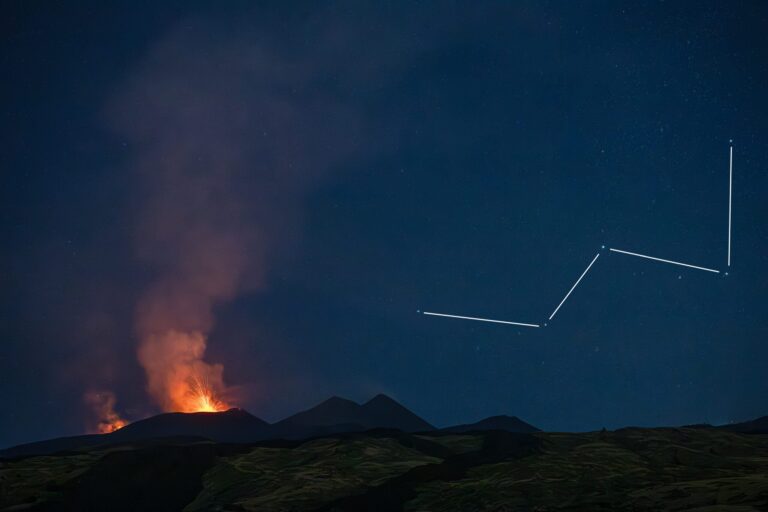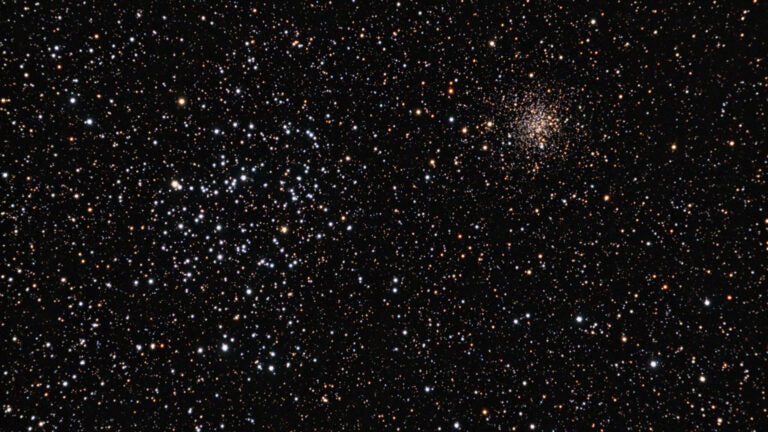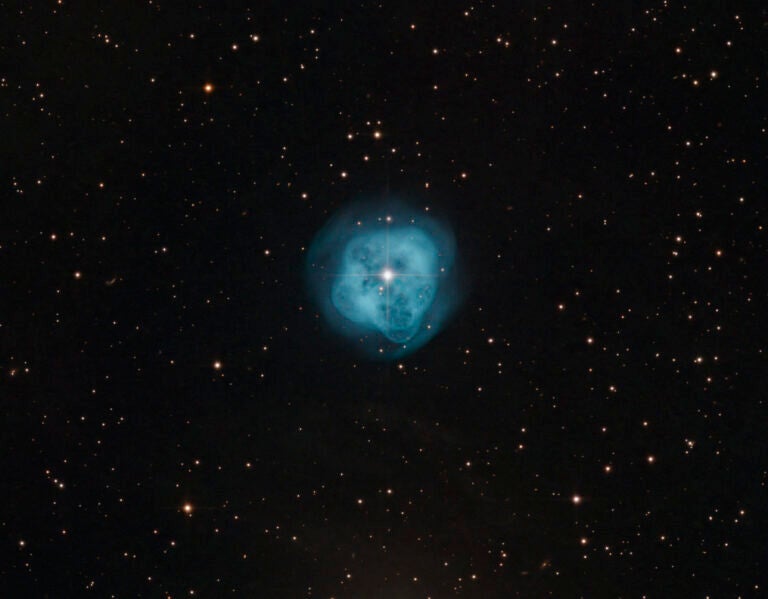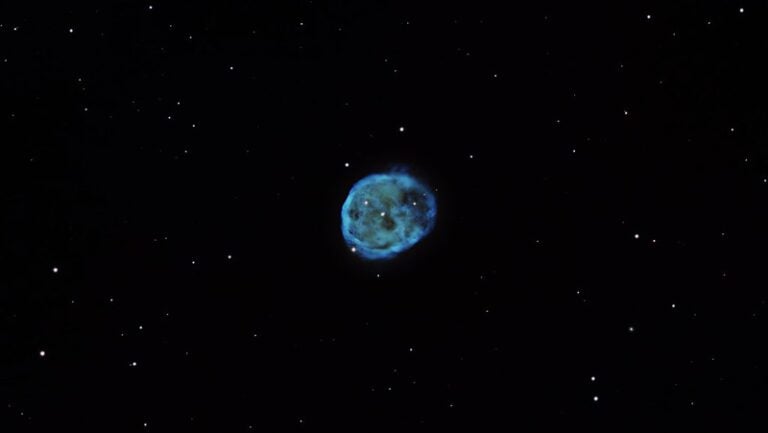Such was the lament of the late comedian Rodney Dangerfield, who would follow the phrase with a monologue replete with examples to prove his point. Dangerfield gems include: “I tell ya when I was a kid, all I knew was rejection. My yo-yo, it never came back!” and “I asked my old man if I could go ice-skating on the lake. He told me, ‘Wait till it gets warmer.’ ”
“I don’t get no respect!” became a catchphrase for underappreciated B-listers everywhere. It certainly pertains to the globular cluster Messier 56 in Lyra.
How disrespected is M56? Answer these two questions. How many times have you turned your telescope on Lyra’s other Messier object, the Ring Nebula (M57)? How about M56? If you’re like me, the responses are “too many to count” and “M 50-what?”
I can best sum up my unfamiliarity with M56 using an incident that occurred during the 1982 Stellafane Convention. An attendee approached me and asked if I had a star atlas. During a low-power telescopic scan of the area near the Cygnus-Lyra border, he’d come across a fuzzy circular patch of light. Might it be a comet? With no atlas handy but curiosity aroused, I walked over to his telescope and peered into the eyepiece. What greeted my eyes certainly looked like a comet. Alas, when we finally looked at an available star atlas, we discovered that the “comet” was M56. I’d seen the cluster several years earlier but had totally forgotten about it. M56 hadn’t gotten my respect.
I recently thumbed through my observing records to determine precisely how many times I’d glimpsed M56. “First light” was in 1976 during my early backyard explorations with a 3-inch reflecting telescope. Next was the “Stellafane Comet” of 1982. After a 14-year drought, I revisited M56 while compiling a small-scope sketch portfolio of the Messier catalog. M56 then received two cursory visits during Messier marathons in 2005 and 2011, bringing my lifetime total to a paltry five observations. All but one was tied to a Messier survey, and none was made with a magnifying power greater than 50x.
Unable to spot M56 through the finder scope of my 10-inch reflector, I aimed the crosshairs at this “sweet spot” and began a low-power sweep. In less than a minute, a small circular fuzzball came into view. At 40x, it looked for all the world like a tail-less comet. Certainly, someone stumbling upon it would mistake it for a comet. In his guidebook The Messier Objects (Cambridge University Press, 1998), Astronomy Contributing Editor Stephen James O’Meara even refers to M56 as his favorite non-comet!
I then amped up the magnification to 200x. For the first time, I was able to resolve M56. Was it a spectacular sight? Not really, but I partly blame the sky conditions at my suburban site. Sky glow from surrounding communities hid any star fainter than 5th magnitude. I could make out only a sprinkling of stars overlaying a circular glow. I squinted into the eyepiece, wishing that every town and city within 50 miles would shut off their %$#@& lights! That wasn’t about to happen, so I made a mental note to revisit M56 from a true dark-sky area.
While the Ring Nebula is an absolute celestial showpiece that ranks at or near the top of any “finest planetary nebulae” list, M56 is outclassed by a who’s-who of splashy globulars. An 8th-magnitude cluster that spans a handful of arcminutes just can’t compete with the likes of Omega Centauri (magnitude 3.7; diameter of 36′) or the Hercules Cluster, M13 (magnitude 5.8; diameter of 20′). That said, M56 certainly deserves more than a once-a-decade superficial glance, especially if you observe with a medium- to large-aperture scope and high magnification.
Now’s a great time to observe M56, as Lyra lies nearly overhead on August evenings. Give it a little respect, and you’ll discover an overlooked treasure.
Questions, comments, or suggestions? Email me at gchaple@hotmail.com. Next month: Sailing into darkness. Clear skies!


